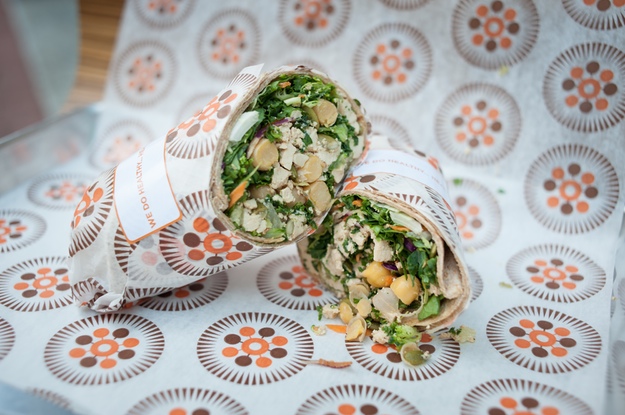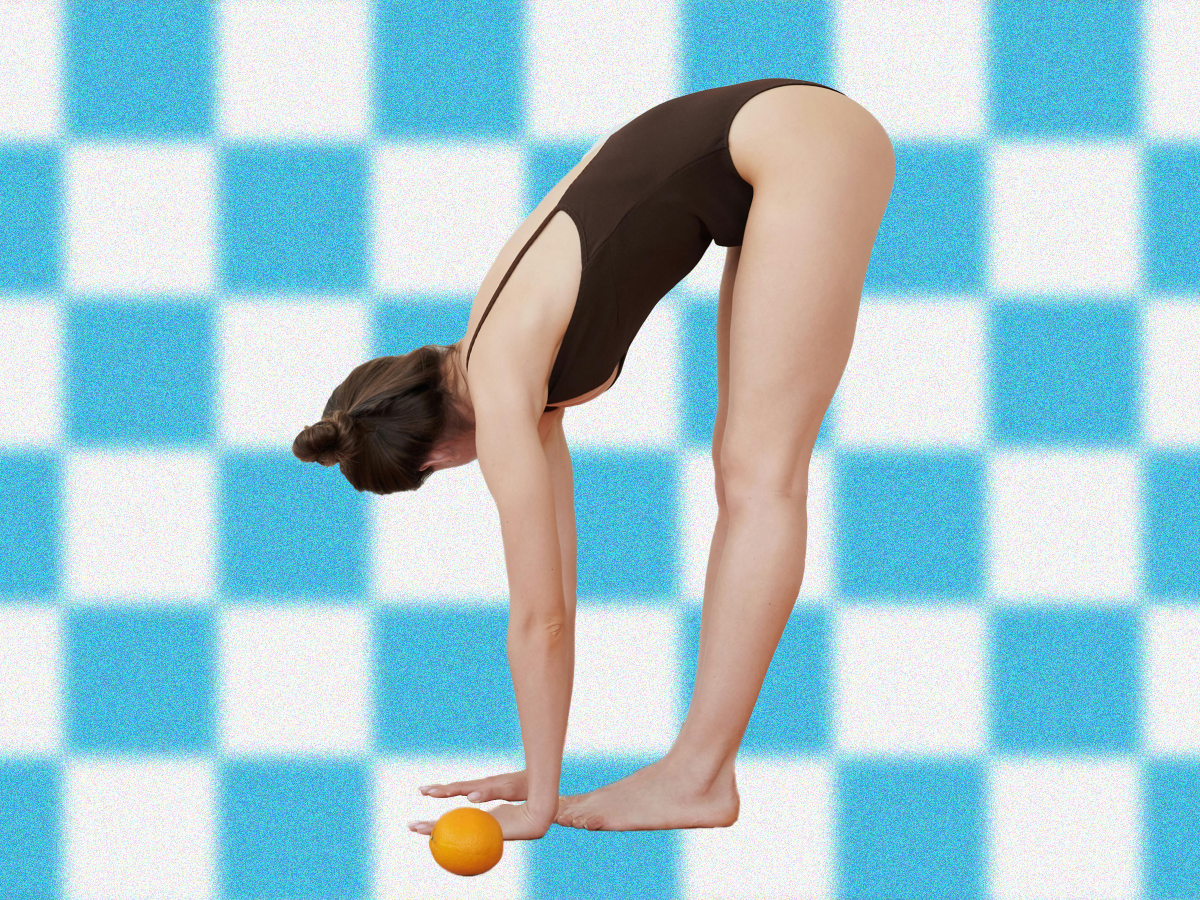The Chicago-based Protein Bar is a quick-service health-food restaurant with a focus on high-protein meals to fuel busy city folk. It uses organic, humanely raised ingredients and offers vegan and vegetarian options that are rich in nutrients—and taste good to boot.
This summer, the eatery brought its mission of “providing active, on-the-go people with healthy, flavorful choices while having a positive impact” to the District (and one coming soon to Ballston).
We asked registered dietitian Desiree Stapley to verify whether the menu would have a positive impact on our well-being.
“Overall, the restaurant has lovely and unusual ingredients like chickpeas, olives, and quinoa,” she says, adding that quinoa is one of her favorite foods. But she did have a few reservations upon examining the menu closely. Check out her guidelines below.
BAR-RITOS
• Worst—Buffalo bar-rito: Although high in protein, a decent source of fiber, and probably very tasty, this lunch will cost you 559 calories, 25 grams of fat (9 saturated), and a whopping 1,774 milligrams of sodium. “Of all the bar-ritos, this one has the most saturated fat,” Stapley explains, adding that the sodium level is way over the limit for those with high blood pressure or sodium-related concerns.
• Best—Vegan original: Our expert says that of the bar-ritos, “this is the biggest nutritional bang for your buck.” The 515-calorie wrap includes marinated tofu, black beans, quinoa, vegan cheese, and cilantro, and has lots of fiber (24 grams), satiating protein (28 grams), and just one gram of saturated fat.
BOWLS
• Worst—Buffalo bowl: All-natural chicken, organic quinoa, vegan Buffalo sauce, celery, carrots, cucumbers, and blue cheese doesn’t sound so bad, but it isn’t doing you any favors, either. “It’s only 387 calories, which is really decent for a bowl, but it has so much sodium,” says Stapley of the 1,302-milligram bowl. “There’s not much fiber [three grams], and the saturated fat [8 milligrams] is highest of all the bowls.”
• Best—Spinach & pesto AND vegan quinoa chili: These two contenders, at 371 and 360 calories, respectively, are like yin and yang. The spinach, chicken, quinoa, basil pesto, and Parmesan bowl clocks in at 21 grams of fat (0 saturated), only 805 milligrams of sodium, and 35 grams of protein, but just three grams of fiber. The chili, on the other hand, is only 9 grams of fat (4 saturated), 11 grams of fiber, 18 grams of protein, but has 1,219 milligrams of sodium.
SALADS
• Worst—Buffalo salad: Are we seeing a pattern here? It has nine grams of saturated fat and 1,325 milligrams of sodium; you can get more nutrition elsewhere for the same 409 calories. Our expert also says to be wary of the Southwest salad.
• Best—Superfood Vegan: This well-balanced option offers 417 calories, 3 grams of saturated fat, 690 milligrams of sodium, 7 grams of fiber, and 22 grams of protein. It’s a powerful but simple combination of tofu, kale, pepitas, chickpeas, and dressing (which should be left on the side or skipped entirely). “This has really great ingredients, and mixing them up this way is a good way to add nutrition to people’s diets,” Stapley says.
According to our expert, the pro-protein restaurant’s high sodium levels undercut an otherwise nutritious menu. “Most of the bar-ritos have more than 50 percent of an individual’s [daily] sodium intake, and several have almost ten grams of saturated fat—that is half your saturated fat in just one meal,” she explains. “On the other hand, they do contribute to an individual’s fiber intake, which is good, as most American diets lack fiber.”
Stapley also points out the while the bowls and salads are better for their low-calorie options, sodium is still a bit of a problem. She recommends keeping all dressings on the side and mixing your ingredients to maximize the nutrition.
“Look for colors,” she says. “It’s an easy way to look at the whole food, not just the numbers.”
Find Desiree Stapley on Twitter @rdstapley.
For more nutritional breakdowns of local restaurants, visit Well+Being’s Lunch Break page.



















